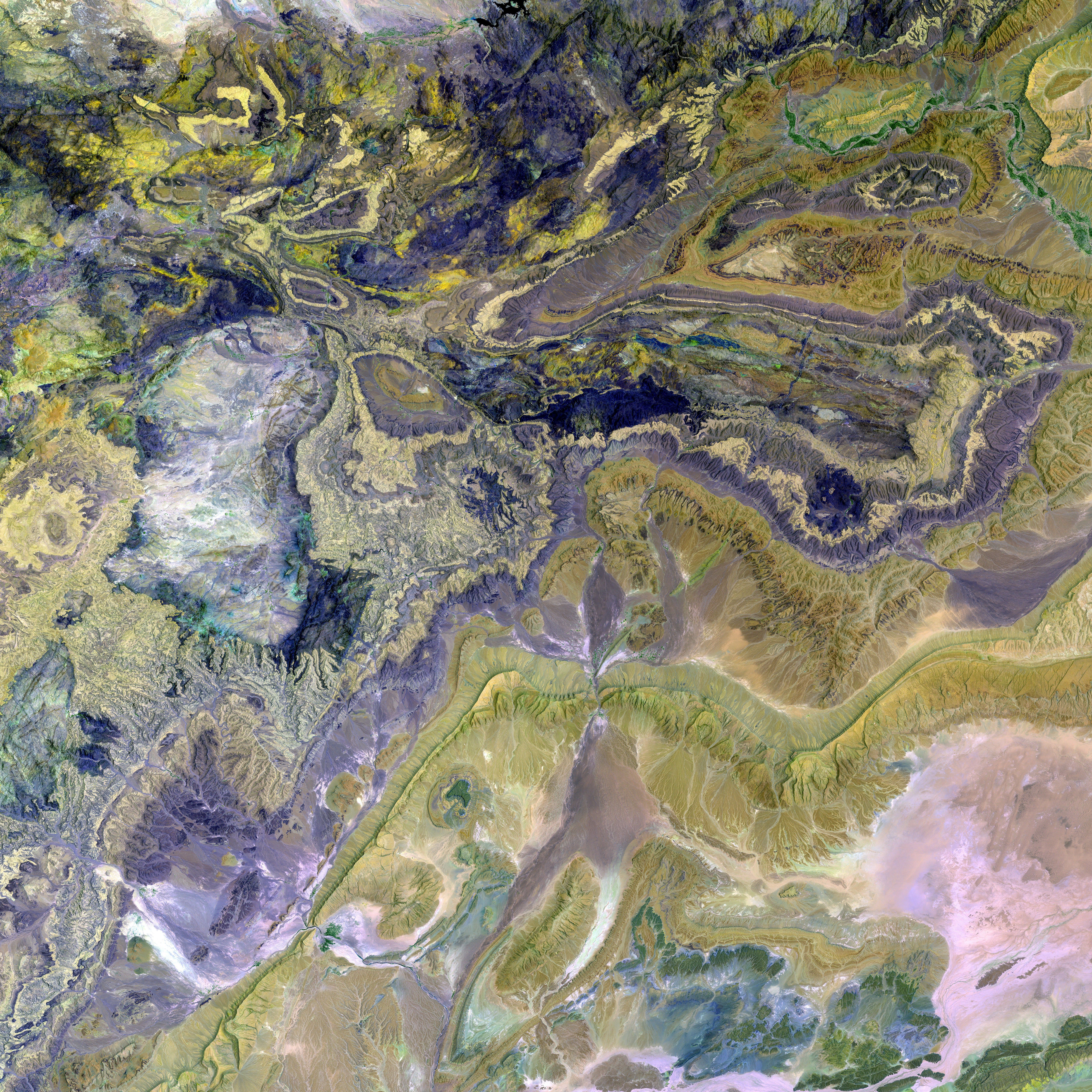Estimating Production Costs for Anime Creation
How Much Does It Cost to Produce an Anime Series? An In-depth Look at the Expenses
For anime fans worldwide, the question of production costs has piqued their curiosity at least once. As anime's reach extends beyond its niche origins to global cultural significance, fewer fans possess an understanding of the intricate economic landscape supporting their favorite shows. Let's delve into the financial intricacies behind contemporary anime production.
Average Spending Levels
In the current industry, a standard 12-episode anime season may cost between $2 and $4 million USD to produce, translating to an approximate $150,000-$300,000 per episode. However, these figures are far from consistent, with several variables coming into play:
- Budget anime may cost as little as $100,000 per episode
- Mid-range productions typically have costs between $150,000 and $300,000 per episode
- High-profile anime films can surpass $10 million, with movies like "Your Name" purportedly costing around $15 million
Breaking Down the Expenses
Pre-Production (15-20% of Budget)
Script development, character design, storyboarding, voice actor casting, and music composition are essential pre-production steps that consume between 15% and 20% of the budget.
Production (50-60% of Budget)
Animation, voice acting, coloring, compositing, and director and production staff salaries make up the bulk of the expenses. Keyframe animation can cost between $150 and $300 per cut, while in-between animation labor costs range from $2 to $10 per drawing. Voice acting fees for a single episode range from $150 to $500 per actor.
Post-Production (20-25% of Budget)
Sound design, music, editing, and quality control take up the remaining budget allocation in the post-production phase.
The Committee Production Model
Most anime production relies on the "production committee" system, wherein multiple companies share the funding responsibilities to:
- Disperse financial risk
- Gain access to multiple revenue streams
- Pool marketing resources
This arrangement typically leads many anime series to revolve around merchandising, manga, light novels, figurines, and other related products, with these sales often serving as vital sources of income.
Cost Drivers
Animation complexity and quality, the number of characters and scenes, celebrity voice actors, musical scores, special effects, studio reputation, and location all contribute to the production costs.
Profitability and Challenges
While anime's global popularity has expanded, numerous productions struggle to generate profits via traditional broadcast revenues. Profitability tends to stem from international licensing agreements, streaming rights, merchandise sales, source material sales, and tourism.
The Future of Anime Economics
The industry is undergoing a transformation, with streaming platforms like Netflix funding original, high-budget anime productions, international co-productions reducing financial risk, the shift toward 3D CGI animation easing labor costs, and rising animator wages resulting from talent shortages.
Understanding the economics behind anime production provides insight into the creative constraints and opportunities that define the shows we adore. The next time you immerse yourself in a favorite series, you'll appreciate the financial ecosystem that brought it to life. To explore more about the costs of your own project, feel free to use our calculator.
In the realm of contemporary anime production, the expenses are tightly linked to business and technology, with factors such as celebrity voice actors and 3D CGI animation being driven by technology, and the use of streaming platforms for funding, such as Netflix, being a significant business strategy. The production costs are influenced by several variables, including animation complexity, the number of characters and scenes, and the use of streaming platforms, all of which can be classified as business and technology factors.




